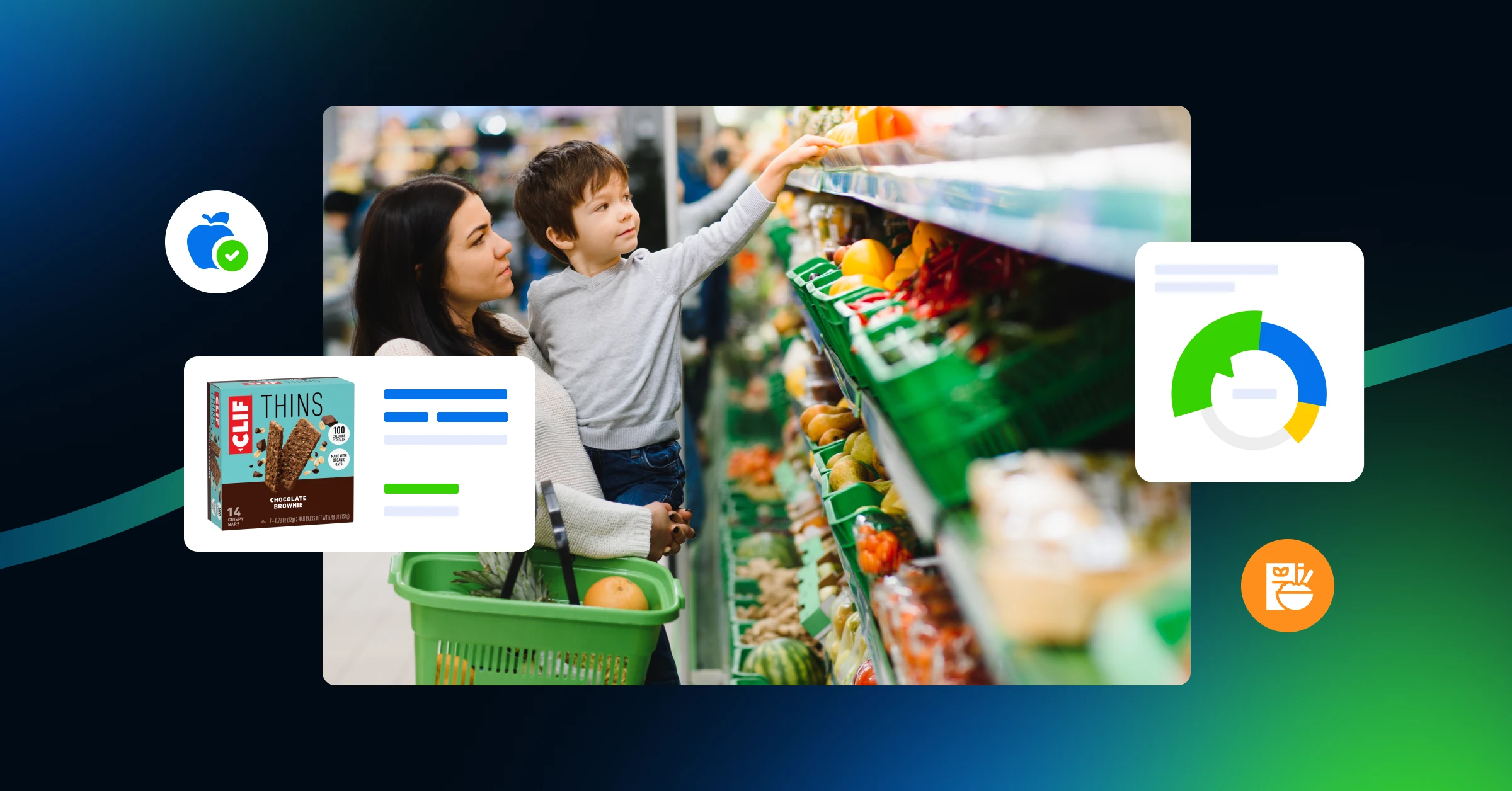The Food and Drug Administration’s (FDA) menu labeling regulations were designed to help consumers make more informed food choices when dining out. These regulations are not just about compliance—they’re about empowering your customers with nutrition transparency so they can make informed decisions that align with their dietary needs and wellness goals. Transparency leads to trust that can help build repeat business.
Since these menu labeling rules took effect in 2018, grocery retailers, restaurants, fast food chains, coffee shops, and other retail food establishments have needed to understand, implement, and stay current with these requirements.
Here’s what you need to know to stay up to date and compliant.
Track the Latest FDA Menu Labeling Regulations

The FDA’s menu labeling regulations require covered establishments to provide clear and accurate nutritional information for standard menu items. Calories must be listed on menus and menu boards for standard items. Additionally, nutrients such as total fat, saturated fat, cholesterol, sodium, total carbohydrates, sugars, protein, key vitamins (A and C), and minerals (calcium and iron) must be available upon request.
For more detailed FDA menu labeling guidance, you can refer to these resources:
- Menu Labeling Rule: Key Facts for Industry
- Menu Labeling Training
- Supplemental Guidance for Industry
- FDA Rule: Food Labeling
Do These Regulations Apply to Your Business?
The FDA’s menu labeling regulations primarily apply to establishments with 20 or more locations that serve standardized food items. This includes:
- Chain restaurants
- Fast food chains
- Coffee shops
- Convenience stores with prepared foods
- Grocery retailers with prepared foods
- Movie theaters offering food items.


Tips to Achieve Compliance
Though complying with menu labeling regulations can seem challenging, ensuring your business meets them while providing valuable information to your customers is well worth the effort. From properly displaying calories to making nutritional data accessible, these five compliance areas will help you build trust with health-conscious customers and enhance their dining experience.
1. Display Calorie Information on Menus and Menu Boards
As a first step, ensure that calorie counts are clearly displayed on menus and menu boards. The calorie information must be legible and placed close to the name or price of the menu item.
2. Be Ready to Provide Additional Nutritional Information
In addition to calories, consumers must have access to other nutritional information such as fat content, sodium, carbohydrates, and key vitamins and minerals. This information must be made available upon request.
3. Add Required Statements to Your Menus
The FDA requires two key statements on menus:
- Statement 1: Indicate that detailed nutritional information is available upon request.
- Statement 2: Include a statement clarifying that “2,000 calories a day is used for general nutrition advice, but calorie needs vary.”
4. Label Alcoholic Beverages When Necessary
If you provide alcoholic beverages, calorie information must be displayed for pre-mixed, standard drinks. However, this does not apply to drinks made on demand or customized beverages.
5. Self-Service Foods Labeling
If you offer buffets, salad bars, or self-service food areas, calorie information must be displayed at the point of service. Additionally, grab and go foods should either have calorie information directly on the package or displayed on signage.

Navigating FDA Menu Compliance Standards
Staying compliant with the latest FDA menu labeling regulations is important for ensuring nutritional transparency and building customer trust. By clearly displaying calorie counts, providing additional nutritional information upon request, and following labeling requirements for menus, you can meet regulatory standards with confidence.
Regularly reviewing FDA guidelines and using trusted nutrition data solutions not only keeps you compliant but also enhances the dining experience for your customers by empowering them to satisfy their unique dietary requirements and overall wellness goals.










